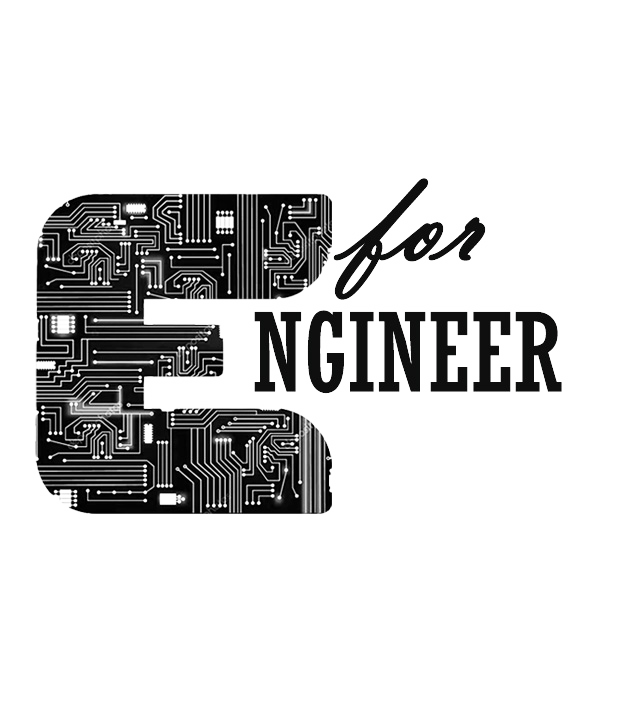INTRO:
•In this tutorial I will explain what the difference is between LoRa and LoRaWAN and how gateway and end node works exactly.
•There are many LoRa gateway and Lora development board manufacturers.
If you plan to buy such products do your own research.
LORA:
•LoRa is an acronym for Long Range and it is a wireless technology where a low powered sender transmit small data packages (0.3 kbps to 5.5 kbps) to a receiver overa long distance.
•A gateway can handle hundreds of devices at the same time.

Dragino LoRa Gateway

Dragino LoRa end node LSN50
LORA GATEWAY:
• A LoRa gateway consists of 2 parts:
• A radio module with antenna.
• A microprocessor to process the data.
• Gateways are mains powered and connected to the Internet.
• Multiple gateways can receive data from the same end node.
• The gateways can listen to multiple frequencies simultaneously, in every spreading factor at each frequency. LORA END NODE:
LORA END NODE:
• A LoRa end node consists of 2 parts:
• A radio module with antenna.
• A microprocessor to process for example the sensor data.
• End nodes are often battery powered.
• A LoRa device (end node) has a wireless transceiver. If this device also has sensors, this device acts as a remote sensor. Such a device is called a mote, short for remote.

LORAWAN NETWORK:
• LoRaWAN network architecture is deployed in a star topology.
• The communication between the end node and the gateway is bidirectional which means the end node can send data to the gateway but it can also receive data from the gateway

UPLINK AND DOWNLINK
• When an end node transmits data to the gateway it is called an uplink.
• When the gateway transmits data to the end node it is called a downlink 
LORAWAN HOW IT WORKS:
• An end node broadcast its data to every gateway in its vicinity.
• The gateways forward this packet to the network server.
• The network server collects the messages from all gateways and filters out the duplicate data and determines the gateway that has the best reception.
• The network server forwards the packet to the correct application server where the end user can process the sensor data.
• Optionally the application server can send a response back to the end node. When a response is send, the network server receives the response and determines which gateway to use to broadcast the response back to the end node.
for more information: https://electronicsforengineer.com/

















Good explanation.
Good job sir.
Thank you sir